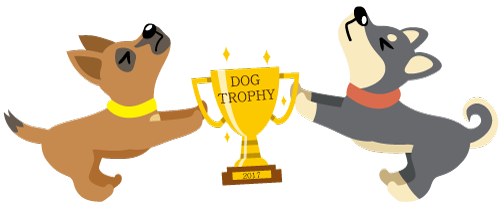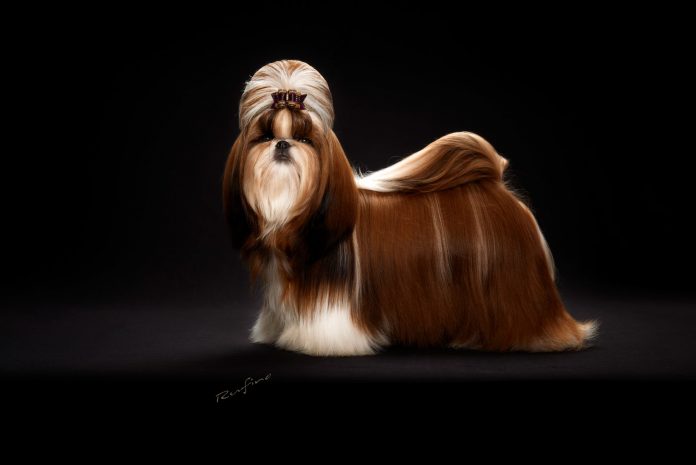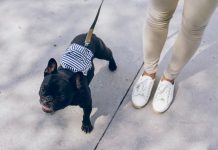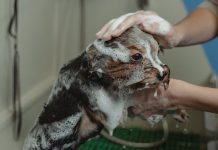What are Achondroplastic Dogs? Small size dogs come with many compact advantages – but they also have a few problems that come with small sizes. Find out what psychiatric dogs are and what to look for.
We can find dog breeds come in all variations and sizes with certain breeds being small and others being large – the size of any breed is largely the result of selective breeding. There are some dog breeds for which a genetic mutation known as achondroplasia is actually desirable. Keep reading to learn more about what achondroplasia is and how it affects your dog.
What is Achondroplasia?
Dogs may have certain health problems, which affect the bones. Osteochondrodysplasia (or OCD) is a developmental abnormality of bone and cartilage characterized by abnormal bone growth and/or bone deformities. Achondroplasia is a form of OCD in which bones fail to grow to their normal size. This condition is caused by a genetic mutation in the fibroblast growth factor receptor gene and usually causes the development of abnormally short limbs – hence the condition is also called dwarfism.
Although in some cases achondroplasia is a spontaneous genetic mutation, it is actually a desirable trait in some breeds. The common achondroplastic dogs breeds are:
– Welsh Corgi
– Bulldog
– Skye Terrier
– Dachshund
– Basset Hound
– Boston Terrier
– Pekingese
– Shih-Tzu
In addition to developing short legs, many dogs with achondroplasia also have abnormally large heads, raised jaws, crooked teeth, and enlarged joints. Due to abnormal bone growth, these dogs may also have lateral limb flexion or spinal deviation on both sides of the body.
What should you know?
While achondroplasia is preferred in certain breeds of dogs, it is considered a significant genetic defect when it occurs in breeds not listed above. Technically, dogs that develop slowed bone growth suffer from chondroplasty, but the idea is the same. Some dog breeds have a predisposition, connected to their genetic about this problem, including German Shepherds, Norwegian Dogs, Great Pyrenees and Alaskan Malamutes. Unfortunately, and this condition is not always visible at birth, but it will become apparent as the dog gets older but develops shortened limbs compared to other dogs.
Achondroplasia in dogs varies in severity. In some dogs, it can be mild, but in very severe cases it can be paralyzed. Depending on whether the condition causes any clinical problems or not, treatment options should be considered. Pain medications and anti-inflammatory drugs are usually the best treatment for dogs suffering from achondroplasia. Adjustments to the dog’s behavior and exercise habits are also possible.
You should also know that dogs with achondroplasia are more prone to arthritis than other breeds – this is especially true when the dog gets older. Keep in mind that these dogs have a higher risk of obesity, in part due to their compressed structure and the fact that abnormally short legs can interfere with normal exercise. Keep an eye on your dog’s condition and inform your vet of any concerns.
Although achondroplasia is normal in the above dog breeds, it can negatively affect growth and development if it occurs in other dog breeds. If you are concerned about the growth and development of your dog, consult a veterinarian.





